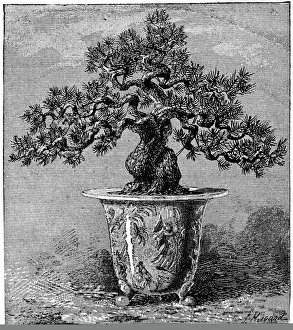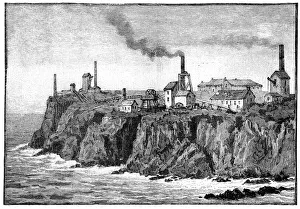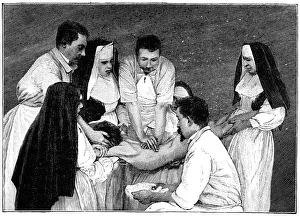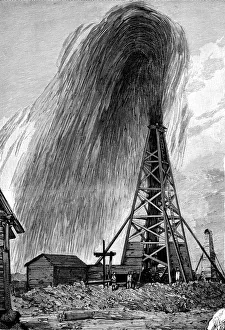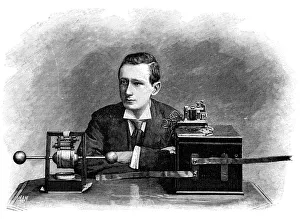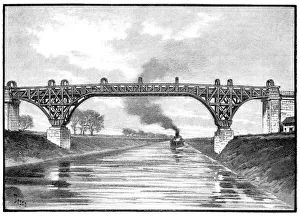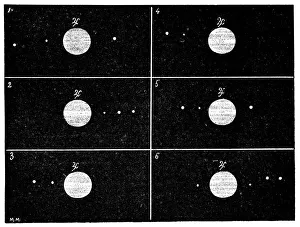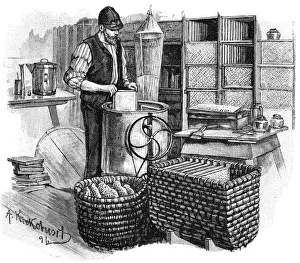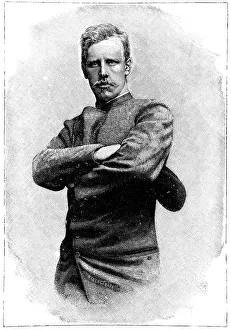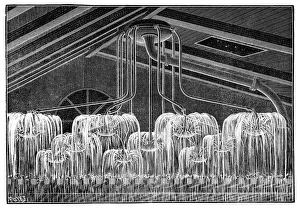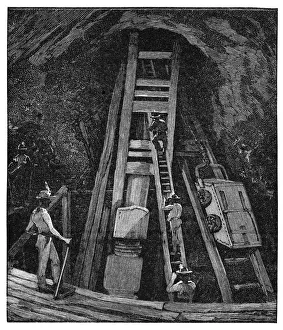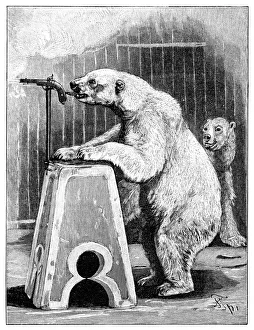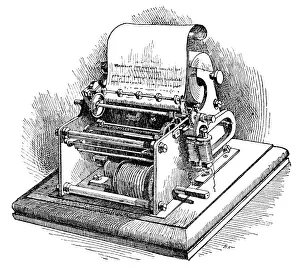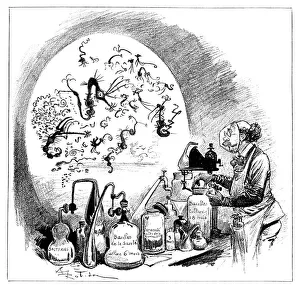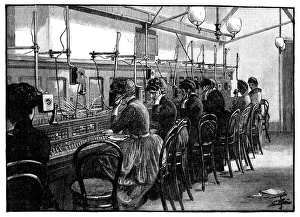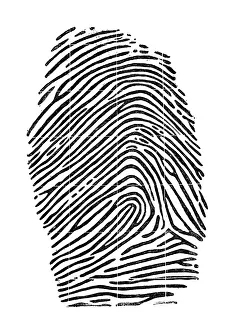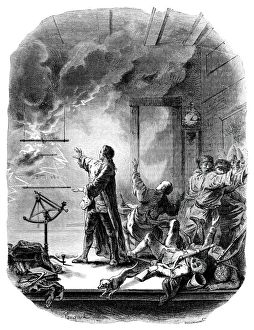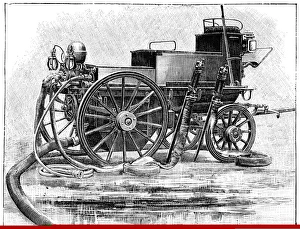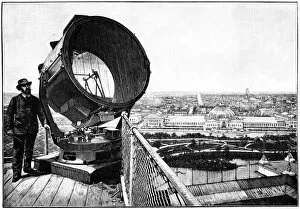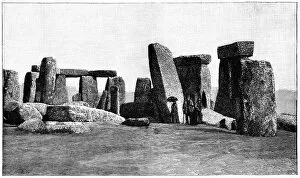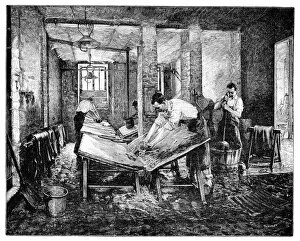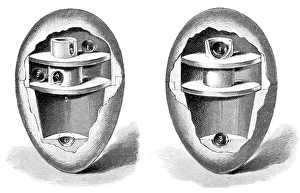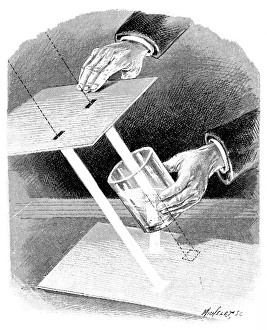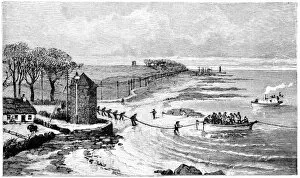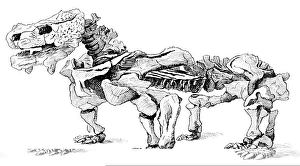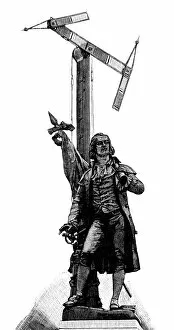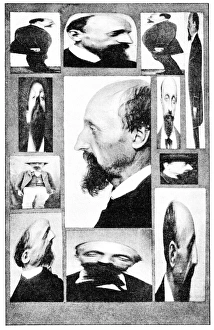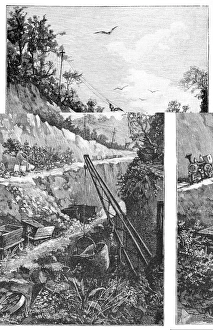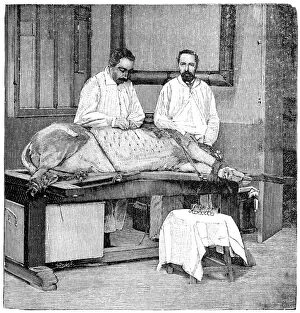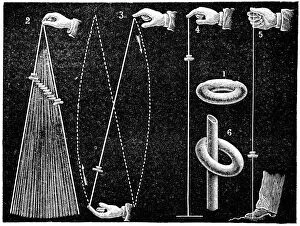Annual Volume Collection
"Exploring the Annual Volume: From Muscles Used in Cycling to Performing Bears" In the 19th century
All Professionally Made to Order for Quick Shipping
"Exploring the Annual Volume: From Muscles Used in Cycling to Performing Bears" In the 19th century, various aspects of human endeavor and scientific advancements shaped the annual volume. The muscles used in cycling gained prominence as people embraced this efficient mode of transportation. Meanwhile, a unique art form emerged with the cultivation of Bonsai dwarf pine trees in 1889, showcasing nature's beauty on a miniature scale. The industrial revolution brought about significant changes, including Cornish tin mines that fueled economic growth and provided employment opportunities. In the medical field, Calots spinal surgery marked a breakthrough in surgical techniques during this era. Advancements were not limited to land; oil wells became vital sources of energy production while Marconi revolutionized communication with his radio invention. Beekeeping thrived as an important agricultural practice supporting pollination and honey production. Infrastructure development also played a crucial role in shaping society. The construction of Manchester Ship Canal facilitated trade and transformed Manchester into an international port city. Looking further back in history, Galileo's observations of Jovian moons in 1610 expanded our understanding of celestial bodies beyond Earth. Fire sprinklers introduced during the 19th century enhanced fire safety measures for buildings worldwide. Amidst these remarkable achievements, Norwegian explorer Fridtjof Nansen embarked on daring expeditions that pushed boundaries and expanded our knowledge of uncharted territories. Lastly, performing bears captivated audiences with their trained skills and showcased humanity's fascination with animal entertainment during this period. As we delve into the annual volume throughout history, it becomes evident how diverse fields have contributed to shaping our world today – from science and technology to arts and exploration – all leaving their mark on humanity's collective journey towards progress.


